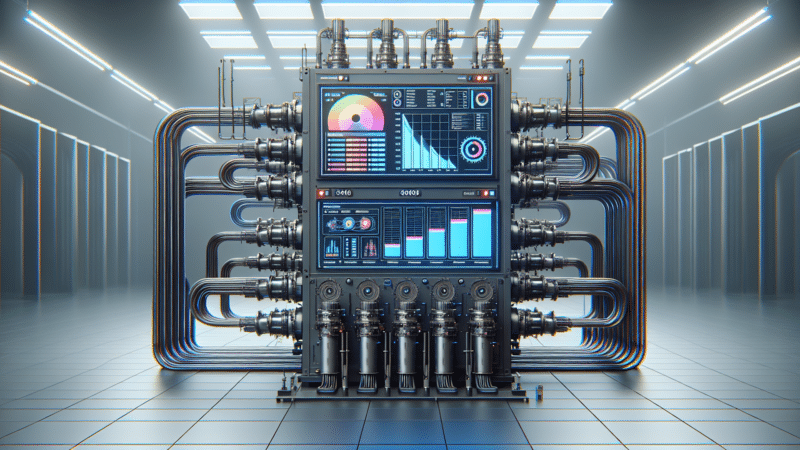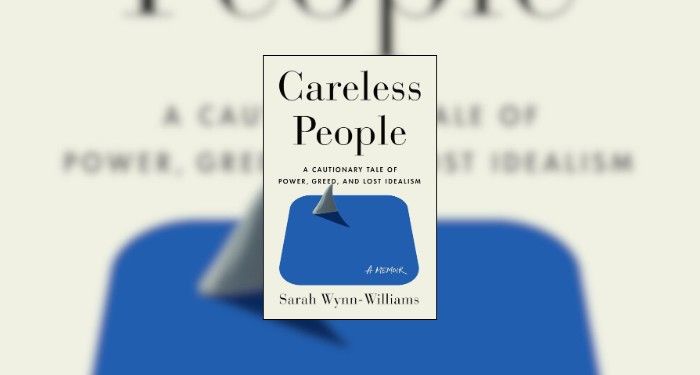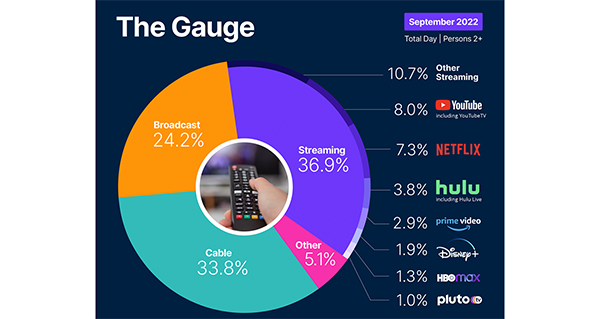Suppose you’re a fan of sci-fi movies and TV shows. In that case, you might already be familiar with the many ways that humanoid robots or artificially intelligent (AI) computers have either helped humankind or tried to take over. This article will explore some of the best humanoid robots developed so far – every single one created to improve the quality of life.
Introduction
As technology advances, so too do the capabilities of humanoid robots. These machines are becoming increasingly sophisticated and are being used for various purposes, including improving the quality of life for people with disabilities.
Several humanoid robots are currently available or developing, each with unique features and capabilities. Some are designed for general-purpose use, while others have been created for specific tasks such as healthcare, search, rescue, or disaster response.
Humanoid robots can be controlled manually or via artificial intelligence (AI), and they range in size from small enough to fit in the palm of your hand to large enough to fill an entire room. Below is a list of some of the best humanoid robots currently being used or developed to improve the quality of life for people with various needs.
Asimo
Asimo is a humanoid robot created by Honda. It has been designed to live and work alongside humans. Asimo can walk, run, climb stairs, and even kick a ball. In addition, Asimo can recognize faces and voices and interact with people.
Honda developed Asimo to help those with difficulty walking or performing other daily tasks. The robot has been used in hospitals, schools, and homes to help people with limited mobility. Asimo has also been used in research to develop new technologies that could be used to improve the quality of life for people with disabilities.
Honda E2
Many different types of humanoid robots have been designed to improve the quality of life for people worldwide. One such robot is the Honda E2, which was created to help people with disabilities regain mobility and independence. The E2 is unique in its design, as it features several joints and actuators that allow it to move very human-likely. This makes it perfect for assisting people with dressing, bathing and eating.
It is clear that the Honda E2 is positively impacting many people’s lives and will continue to do so for years to come. The E2 has already been used in several settings, including hospitals, nursing homes, and private residences. It is an invaluable asset in each case, assisting those who need it most.
NAO
NAO is a humanoid robot developed by Aldebaran Robotics. NAO robots are used in homes, schools, and hospitals across the globe to provide companionship and assistance to people of all ages.
NAO robots are equipped with dozens of sensors that allow them to see, hear, and touch. NAO robots can recognize faces and voices, and they can express emotions. This will enable them to interact with people and their environment naturally.
NAO robots have been used to help children with autism spectrum disorder (ASD) improve their social skills. In one study, children with ASD who interacted with an NAO robot showed significant improvements in social interaction and communication skills after just eight weeks.
NAO robots have also been used to help older adults stay active and connected to the world around them. In one nursing home, residents who interacted with NAO robots reported feeling less lonely and isolated.
The possibilities for using NAO robots to improve the quality of life are endless. These versatile and compassionate machines have the potential to make a real difference in the lives of people all over the world.
Anymal
One of the most critical ways humanoid robots can improve the quality of life is by assisting those with disabilities. These robots can help with everything from physical tasks, such as helping someone get out of bed or mobility assistance, to more cognitive tasks, such as providing reminders and support with decision-making.
In addition to assisting people with disabilities, humanoid robots are used in various settings to provide companionship and social interaction. For example, they are being used in nursing homes and hospitals to offer company for patients who may be isolated or lonely. In some cases, these robots are even being used as therapy animals.
As humanoid robots become more advanced, their capabilities will continue to increase, and their applications will become even more widespread. Ultimately, they have the potential to significantly improve the quality of life for people all over the world.
DRC-HUBO
The DRC-HUBO is a humanoid robot developed by the Korea Advanced Institute of Science and Technology (KAIST). It is designed to assist humans in various tasks, such as handling hazardous materials, performing search and rescue missions, and providing medical care. The DRC-HUBO has been used in several real-world applications, such as helping to clean up the Fukushima Daiichi nuclear power plant following the 2011 earthquake and tsunami.
KASPAR
KASPAR is a humanoid robot developed by the University of Hertfordshire. It is designed to help children with autism spectrum disorder (ASD) and other communication difficulties.
KASPAR is unique in that it has been designed to be as human-like as possible in its appearance and behavior. This is intended to make it more approachable and less intimidating for children with ASD, who often find social interaction difficult.
The robot has been programmed with various emotional expressions and can imitate some simple movements. This allows it to engage in fundamental social interactions with children, such as making eye contact, waving, or nodding.
Studies have shown that KASPAR can be an effective tool for helping children with ASD to improve their social skills. In one study, children who interacted with KASPAR showed significant improvements in their ability to communicate and interact with others compared to those who did not interact with the robot.
KASPAR is just one example of how humanoid robots are being used to improve the quality of life for people with ASD and other disabilities. These robots offer great potential for providing social and therapeutic support and increasing independence.
NASA Valkyrie
NASA’s Valkyrie robot is one of the best humanoid robots in existence. It was designed to help astronauts on long-term missions and has been used extensively in research and development. The Valkyrie is an incredibly versatile and robust robot and has shown great promise in helping people with various tasks.
One of the most impressive things about the Valkyrie is its ability to operate in low-gravity environments. This makes it ideal for use on the International Space Station, where it can assist astronauts with maintenance and repairs. Valkyrie is also equipped with several sensors and cameras, which allow it to gather data and provide feedback to its human operators.
In the future, this unique robot could play a vital role in improving the quality of life for people worldwide. In addition to its space-faring capabilities, Valkyrie is also being developed for use on Earth. Potential applications include search and rescue, disaster relief, and even healthcare.
ROSA (40)
The Spanish company PAL Robotics developed the humanoid robot ROSA (40). It is designed to assist people with reduced mobility in their homes. The robot has a height of 1.6 meters and a weight of 40 kg. It has two arms, four wheels, and a head with cameras and sensors. ROSA (40) can be controlled via a tablet or smartphone. The robot can move around autonomously and perform various tasks such as opening doors, picking up objects, and turning on lights.
ROSA (40) is currently used in pilot projects in Spain, France, and Italy. These projects aim to help people with reduced mobility to live independently in their homes for longer. The robot is also being tested in nursing homes and hospitals, where it can assist staff with tasks such as delivering meals and providing companionship to patients.
Conclusion
Robots are increasingly becoming a staple in society, and their potential to help improve the quality of life is evident in how various organizations use them. In this article, we have looked at 8 different humanoid robots used for multiple purposes, including healthcare, education, research, and even entertainment. It is clear that humanoid robots have a lot to offer, and we can only expect to see more innovative applications for them in the future.






































































